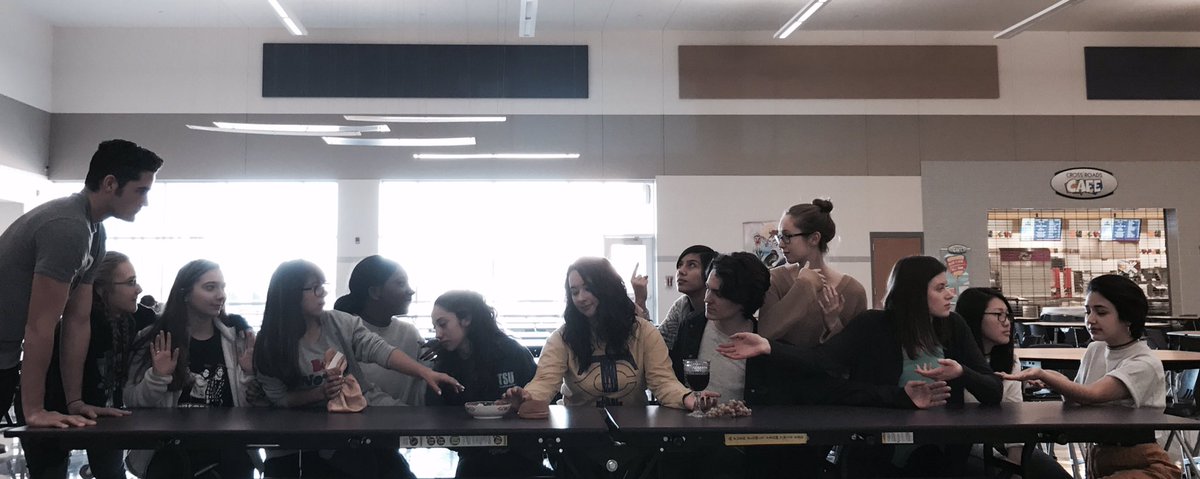Students can see the past world through brushstrokes from the artists that came before them.
AP Art History is one of the many under-apreciated overlooked classes. There are many things that go along with taking AP art history such as the fact it is a social studies credit itself. AP Art History’s curriculum coincides with AP World History and AP European History. They learn about time periods and how the art was a huge influence in the Protestant Reformation and further learn about the different gods in Hindu art and the architecture of the Lakshamana Temple.
“I think people don’t realize how helpful it is in life and not just like world history but to be able to see the images that were made during certain time periods and it helps you understand the world a little bit better. It gives you an appreciation for different cultures”, said AP Art History teacher, Mikaela Jaros.
Earlier on March 27, the students of AP Art history took over, english II teacher, John Carrington’s room and converted it into a camera to show how artists mastered a technique called Camera Obscura. They have done other activities like making the Pyramids of Giza through rice krispie treats. On Friday, March 31 the students are taking a field trip to visit the Crow Museum and the Kimball Museum. The class also made its students into the famous piece Last Supper.This class while it’s still AP and requires some work is very interactive and prepares kids for the AP test in a unique way.
Senior and student participating in art history, Emily Ghizzoni said, “It’s a lot of serious work and we talk about a lot of mature subjects so you need to have a sense of maturity going into the class. If you took or are taking WHAP, AP Euro, or even APUSH, those classes will help you recall some of the context surrounding the artwork. It’s also more than just looking at artwork, it’s experiencing different cultures in appropriate ways, and you gain a worldly light from taking the class.”
AP Art History is a collaborative class is, and all quizzes are worked on as a class. This plays into its small class size that gives the student more of a personal approach to art where questions are welcome. There are in depth discussions about pieces of art and why some art is so important for the time period, and the artwork that is not as popular. It goes beyond the meaning of the art, into how this affected people and the reaction it received. There have many times in history that art exposed a truth that people wanted to keep hidden and their goal is to find out why it’s so important and how it plays into today’s society.
AP Art History does allow students to take the AP test to receive college credit. Jaros studied ways to prepare for the exam the summer before the school year, and found a guide done by another AP Art History teacher and has been following the model presented. She also made sure that the activities the class does will help us remember the art and while it is a lot of fun, the students are still learning. The more interactive activities the class does with art the easier it is to remember from either doing the art themselves, or remembering the process of creation.
“It’s an awesome small group of kids and they all get along and I never have to feel like I have to figure out who works well together because everybody just comes together,” said Jaros. “Its just a little family. I love that class.”
